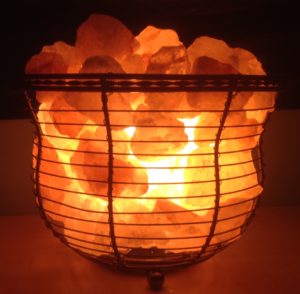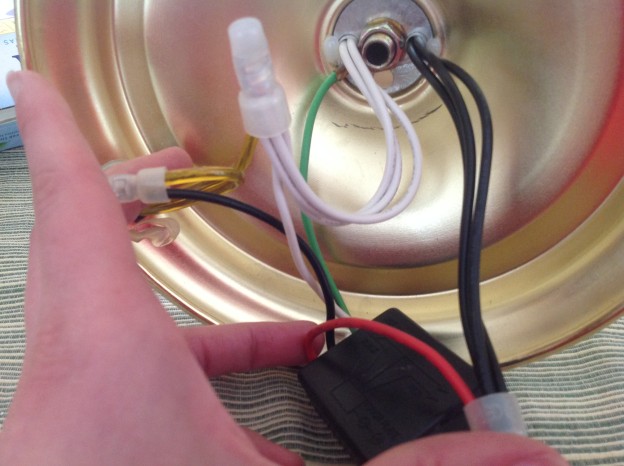I mentioned in my recent blog post, Wake Up, Write (Right), that my goal was to write first thing in the morning. I have been doing a fair job of forming that habit. However, in order to enhance my chance of success- I need to make a few more changes.
Morning is a very busy time that requires me to make a lot of decisions: What to eat for breakfast; what to wear; what do I need to accomplish today; what to bring for lunch and so on. It can be challenging to focus on writing when there is a whole day to prepare for as well. How can I get the peaceful, productive writing time that I need every day?
I believe the answer may be to make as many of those other decisions in advance, as possible. If I prepare all my lunches for the week on the weekend before, then I can just grab and go each day. I can do the same thing with my clothes. If I plan and assemble all five five outfits needed in advance, including jewelry and accessories, I’m saved from making all the tiny choices involved in getting dressed each day.
Paring down decisions, thereby saving time and energy, has been practiced by many successful people including Albert Einstein and former President Obama. They both simplified their daily decisions by each buying several of the same suits. So, all they had to do was put them on; no thought required. The late Steve Jobs, former CEO of Apple, was also famous for his daily uniform compromised of jeans, a black turtleneck and sneakers. These gentlemen were aware that humans have a limited capacity to make good decisions over time. So, they eliminated having to make certain choices like what to wear. Thus they were able to fend off decision fatigue longer.
Decision fatigue, quite simply, is one’s diminishing power to keep making good decisions, the more decisions you have to make. Have you ever watched the TV show Say Yes to the Dress? There was an episode where a man surprised his girlfriend with a proposal and then dropped her off at Kleinfeld’s Bridal right after to buy her wedding dress. The woman was so overwhelmed with the enormity of having decided to get engaged, there was no way she was going to pick out a wedding dress the same day. She probably had trouble picking what to have for dinner that night. Forget fatigue, she was decision exhausted!
My hope is that by prepping my week properly in advance and eliminating as many of the daily decisions as possible, I can wake up and write with abandon every single day. We shall see…










